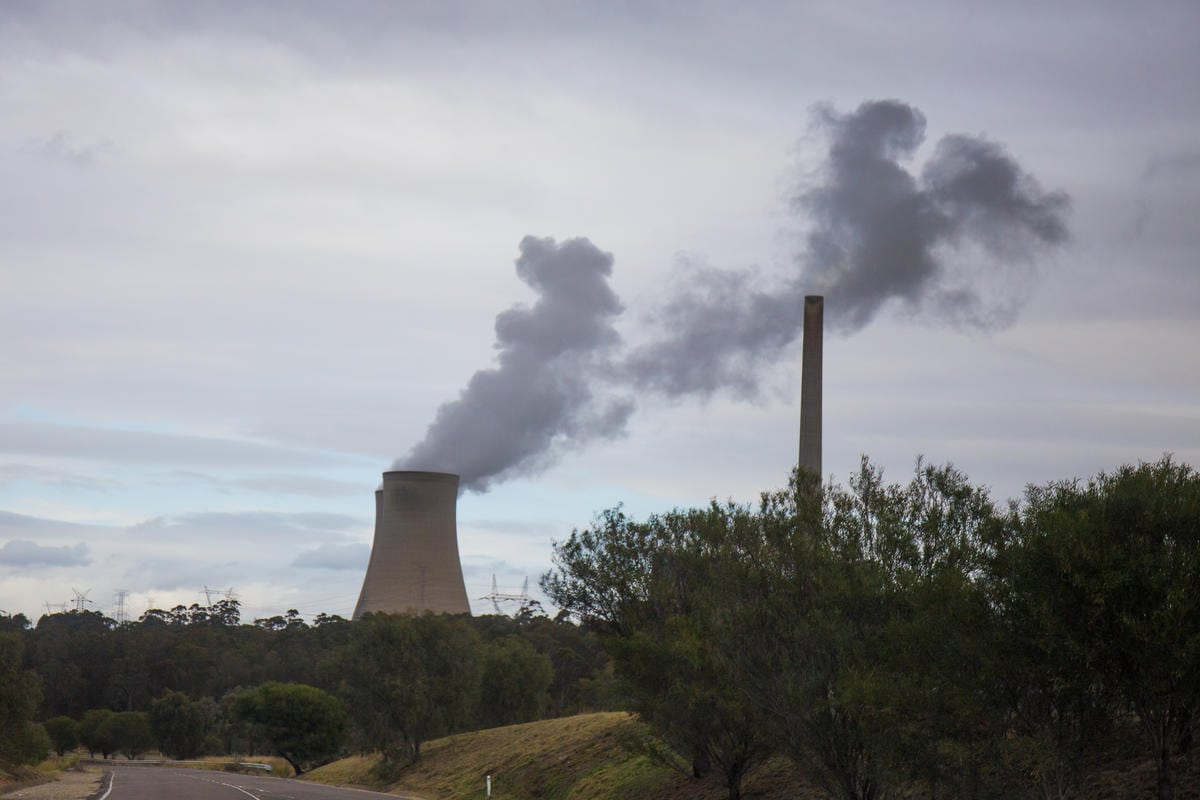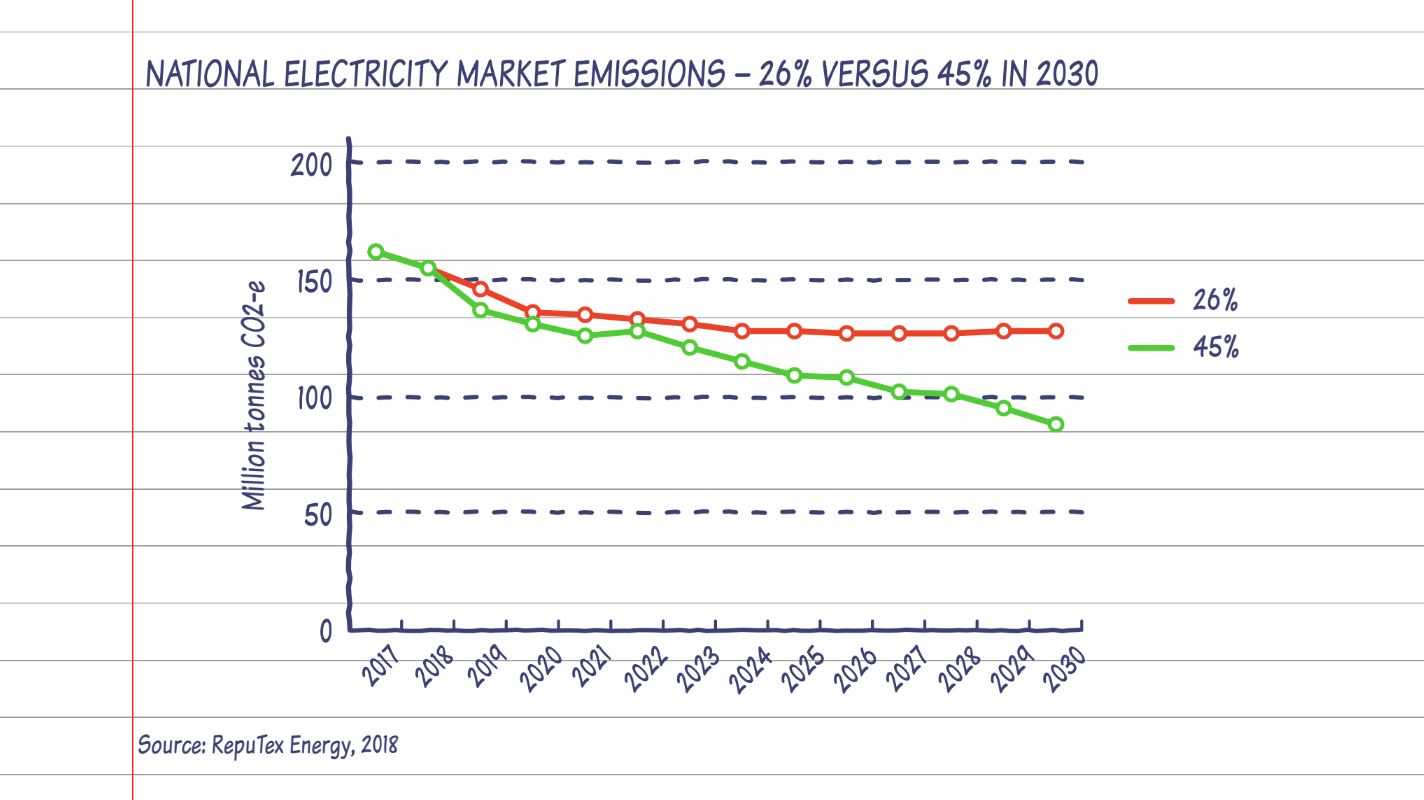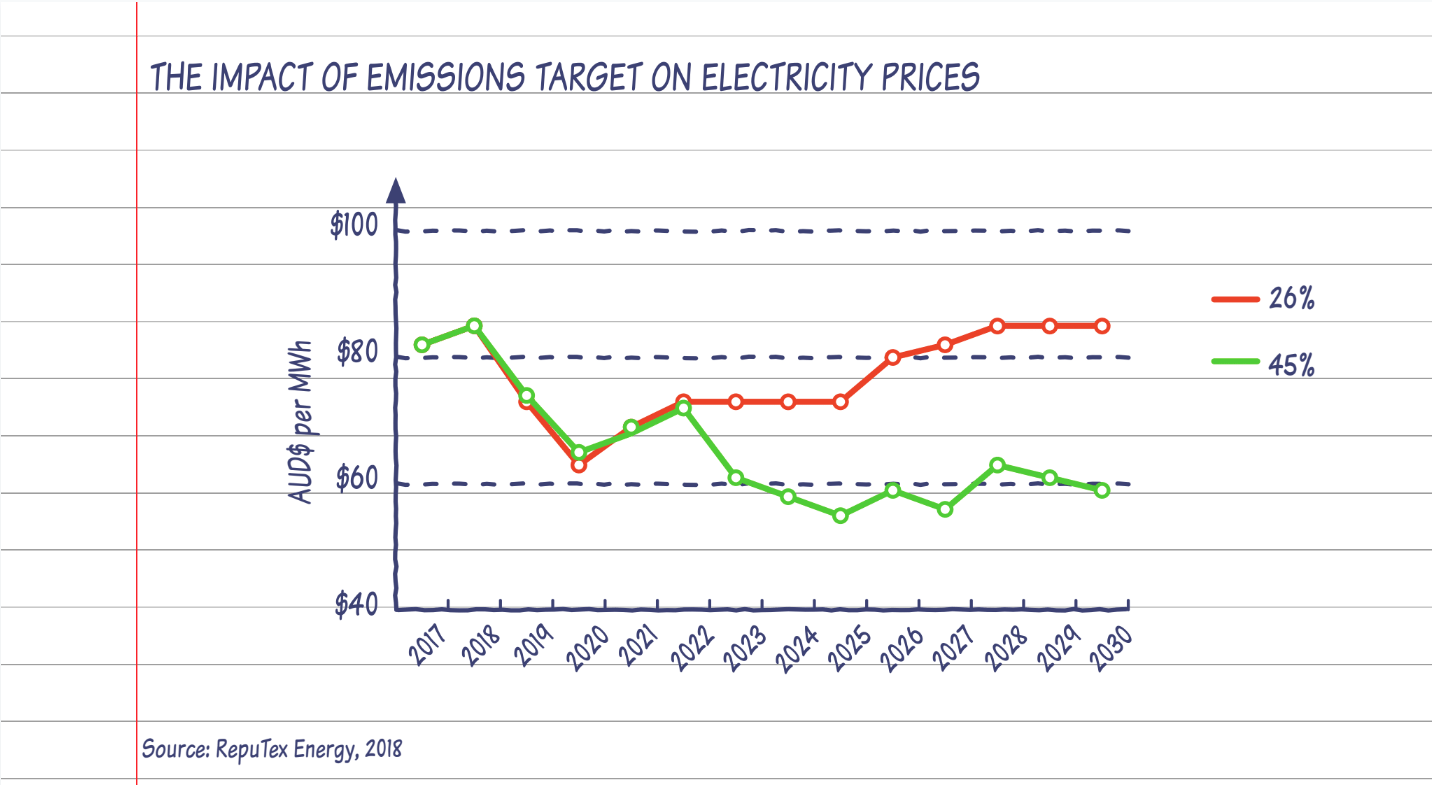Criticism of the National Energy Guarantee has rightly slammed its low target, but its design is even worse than we thought

Liddell is a coal fired power station near Muswellbrook in New South Wales, Australia. It was opened in 1971 and is due to shut down by the end of 2022.||
The National Energy Guarantee. It’s the Turnbull government’s signature energy policy. It’s been called:
‘pathetic’ [1] ‘too weak’ [2] ‘a line in the sand moment’ [3]
Most of those criticisms have rightly been about its disastrously low emissions reduction target of 26% from 2005 levels by 2030. Economic modelling from a range of sources, including work by RepuTex commissioned by Greenpeace, shows that the NEG’s 26% target will be met in the early 2020s on current policies: that is, regardless of whether the NEG is implemented at all.

And a 26% target is far too low for what is needed to take on global warming and help prevent the extreme weather we’re seeing around the globe.
Even ACIL Allen, the consulting firm on whose analysis the government is basing its whole policy, have published a briefing note on their website strongly criticising the government’s approach to energy policy and the NEG.
But it turns out that it’s not just the target that’s bad. The NEG mechanism itself – the nuts and bolts design of how the system is meant to work – is also a disaster.
Last week, the director of the Victoria Energy Policy Centre, Professor Bruce Mountain, published a 15 page analysis of the NEG mechanism as outlined by the Energy Security Board (ESB).
Here’s a summary of what he found (spoiler: it’s not good).
The ESB’s modelling of a business as usual scenario is flawed and based on false assumptions. It assumes that:
- All existing state government renewables targets will be removed
- The cost of wind and solar in 2020 will be twice as much as current contracted prices (when in fact renewable energy prices are going down all the time)
- The total amount of additional intermittent RE capacity to be built between 2020 and 2030 without the NEG will be less than the amount of rooftop solar installed in just the first 5 months of 2018
None of these assumptions are valid. A policy based on them will fail from the start.
The design of the Emissions Guarantee component is much more complicated than comparable schemes
- This increases compliance and administration costs, which are passed on to consumers as higher bills.
- If the NEG does nothing beyond business as usual, then it will just raise costs for no benefit

The design of the Reliability Guarantee component is also very complex, and hard to implement
- France, which has a similar system, took 7 years from legislation to implementation. The ESB thinks it can be implemented in Australia in 7 months.
There is no defined penalty for electricity retailers if they repeatedly fail to meet their emissions intensity obligations
- This is a big problem for a system that relies on retailers taking action to lower emissions for it to work
There are various perverse incentives and unintended consequences in the NEG design, including
- Retailers who lower emissions below the required level get no meaningful credit for doing so
- There is an incentive for retailers to game the system against their opponents by contracting more association rights than they need while staying below the emissions threshold, but denying competitors the ability to contract enough (because the amount of generation is finite and there will be a shortage).
Only retailers and generators will have access to the NEG registry
- This means that market participants that could help it function better, like brokers and traders, will be disadvantaged, compromising the scheme
The fiendishly complicated nature of the NEG’s design means that it takes some effort to get to grips with it. But when you do, it’s crystal clear that it’s not just the emissions target that is a problem. The NEG mechanism is so flawed as to be close to useless.
The NEG is like a sports car that is speed limited to 50 kmh, but whose engine is so badly made anyway that you can’t be sure it will even start.
Australians deserve better than Malcolm Turnbull and Josh Frydenberg’s lemon.
Want to do something about this? Take action by calling your energy minister to reject Turnbull’s dirty power plan!
Save solar! Call your energy minister


